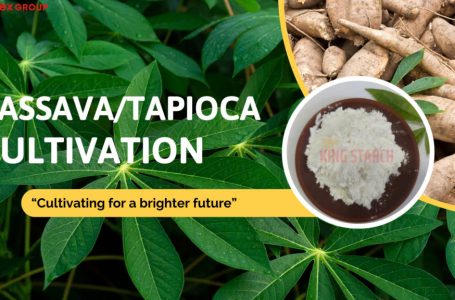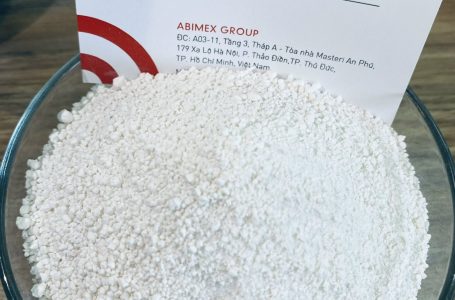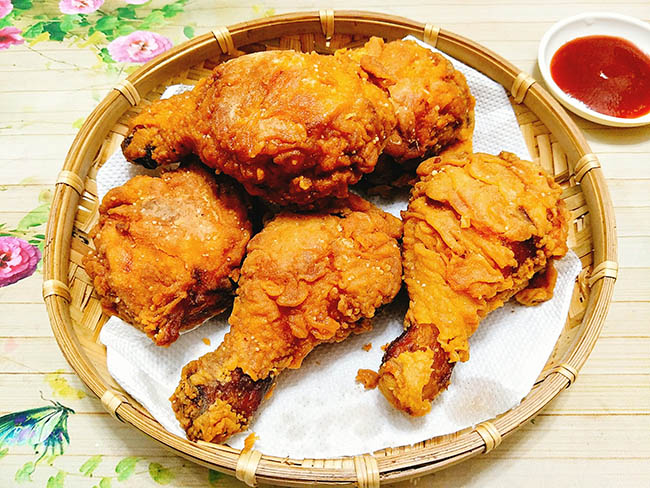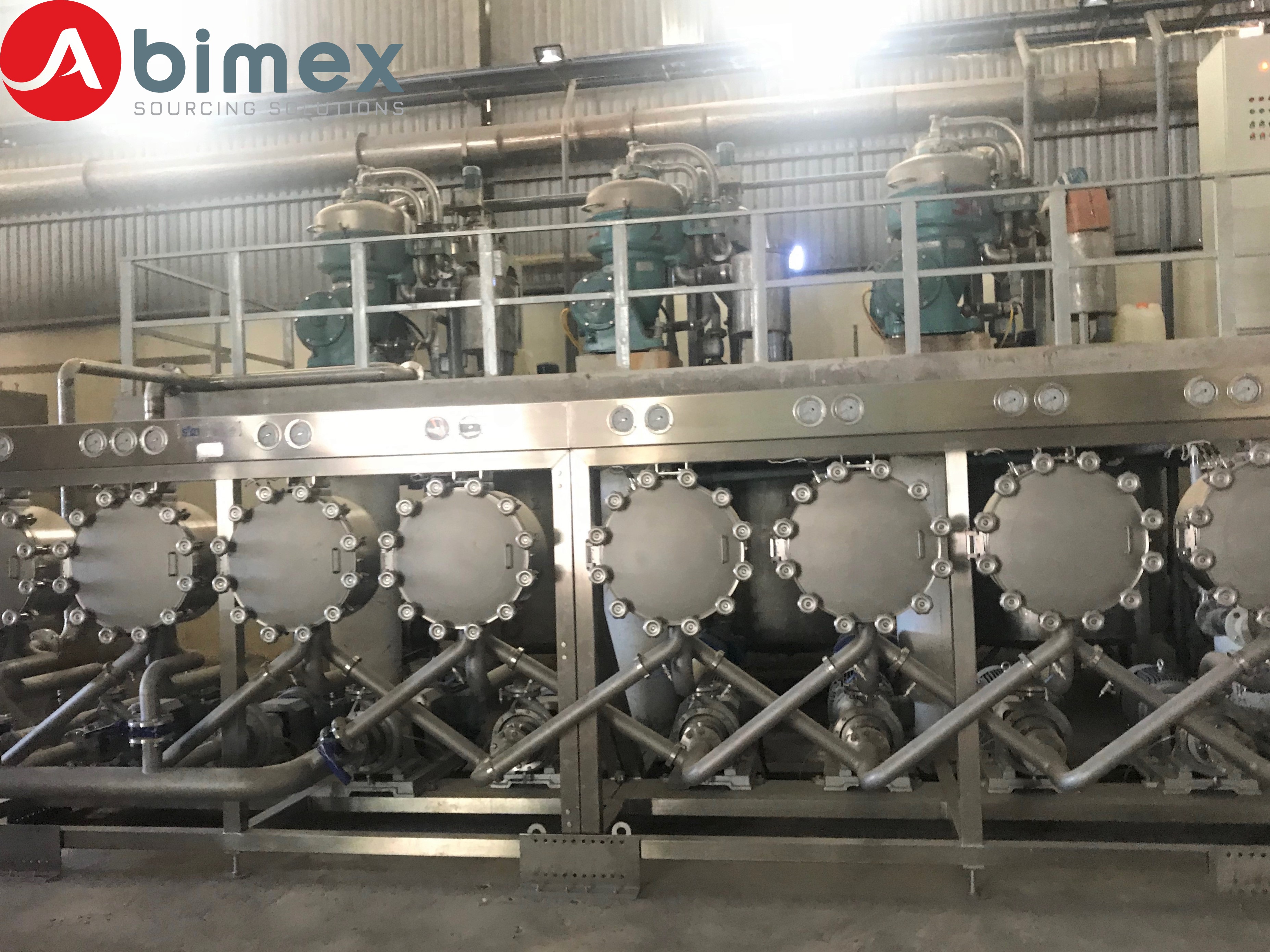
When it comes to producing high-quality noodles, one ingredient stands out for its versatility and effectiveness: E1420 tapioca starch.This modified tapioca starch offers numerous benefits that enhance the overall quality of noodles, making it an essential component in modern noodle manufacturing.
Enhanced Texture and Chewiness
E1420 tapioca starch is renowned for its ability to improve the texture and chewiness of noodles. The acetylation process modifies the starch molecules, increasing their stability and water retention capacity. This modification results in noodles that are firm yet elastic, providing the ideal chewiness that consumers love. Unlike traditional starches, E1420 tapioca starch prevents noodles from becoming mushy during cooking, ensuring they maintain their desirable texture.
Superior Cooking Performance
Another significant advantage of using E1420 tapioca starch in noodle production is its superior cooking performance. This modified starch helps noodles cook evenly, preventing clumping and ensuring a consistent texture throughout. This is particularly beneficial for instant noodles, which must cook quickly while retaining their quality. E1420 tapioca starch ensures that the noodles have a smooth, appealing mouthfeel, enhancing the overall eating experience.
Extended Shelf Life
Noodles made with E1420 tapioca starch benefit from an extended shelf life. This modified starch helps reduce retrogradation, a process where starch molecules realign and crystallize over time, leading to staleness. By slowing down retrogradation, E1420 starch keeps noodles fresher for longer, making them more suitable for storage and distribution. This extended shelf life is advantageous for manufacturers and retailers, reducing product wastage and ensuring customer satisfaction.
Improved Appearance
The appearance of noodles plays a crucial role in consumer preference. E1420 tapioca starch contributes to a smooth, glossy finish, giving noodles a more attractive appearance. The modified starch forms a cohesive and uniform dough, resulting in noodles with a consistent shape and surface. This visual appeal not only indicates high quality but also makes the noodles more enticing to consumers.
Gluten-Free Alternative
With the rising demand for gluten-free products, E1420 tapioca starch provides an excellent alternative for noodle production. Traditional wheat-based noodles contain gluten, which can be problematic for individuals with celiac disease or gluten intolerance. Tapioca starch is naturally gluten-free, making it ideal for creating gluten-free noodles. E1420 modified tapioca starch ensures that gluten-free noodles have the same desirable texture and cooking properties as their wheat-based counterparts, offering a satisfying alternative for those on a gluten-free diet.
Versatility in Noodle Varieties
E1420 tapioca starch is versatile and can be used in various types of noodles, from traditional Asian styles like ramen and udon to Western pasta varieties. This adaptability makes it a valuable ingredient for noodle manufacturers aiming to produce diverse noodle products that cater to different tastes and preferences. Whether for dry noodles, fresh noodles, or instant noodles, E1420 tapioca starch enhances the quality and appeal of the final product.
Sustainability and Health Benefits
Tapioca starch is derived from the cassava plant, which is a sustainable and renewable resource. Using E1420 tapioca starch in noodle production supports sustainable agriculture and reduces the reliance on wheat, which requires more intensive farming practices. Additionally, tapioca starch is free from common allergens, making it a healthier choice for consumers with dietary restrictions.
Conclusion
E1420 tapioca starch is a game-changer in noodle production, offering numerous benefits that enhance texture, cooking performance, shelf life, appearance, and suitability for gluten-free diets. Its unique properties make it an invaluable ingredient for noodle manufacturers seeking to produce high-quality noodles that meet consumer expectations. By incorporating E1420 tapioca starch into their formulations, manufacturers can create noodles that are not only delicious and visually appealing but also stable and long-lasting, ensuring a superior product for the market.
Keywords: E1420 tapioca starch, noodle production, gluten-free noodles, noodle texture, cooking performance, extended shelf life, sustainable ingredient, modified tapioca starch.









